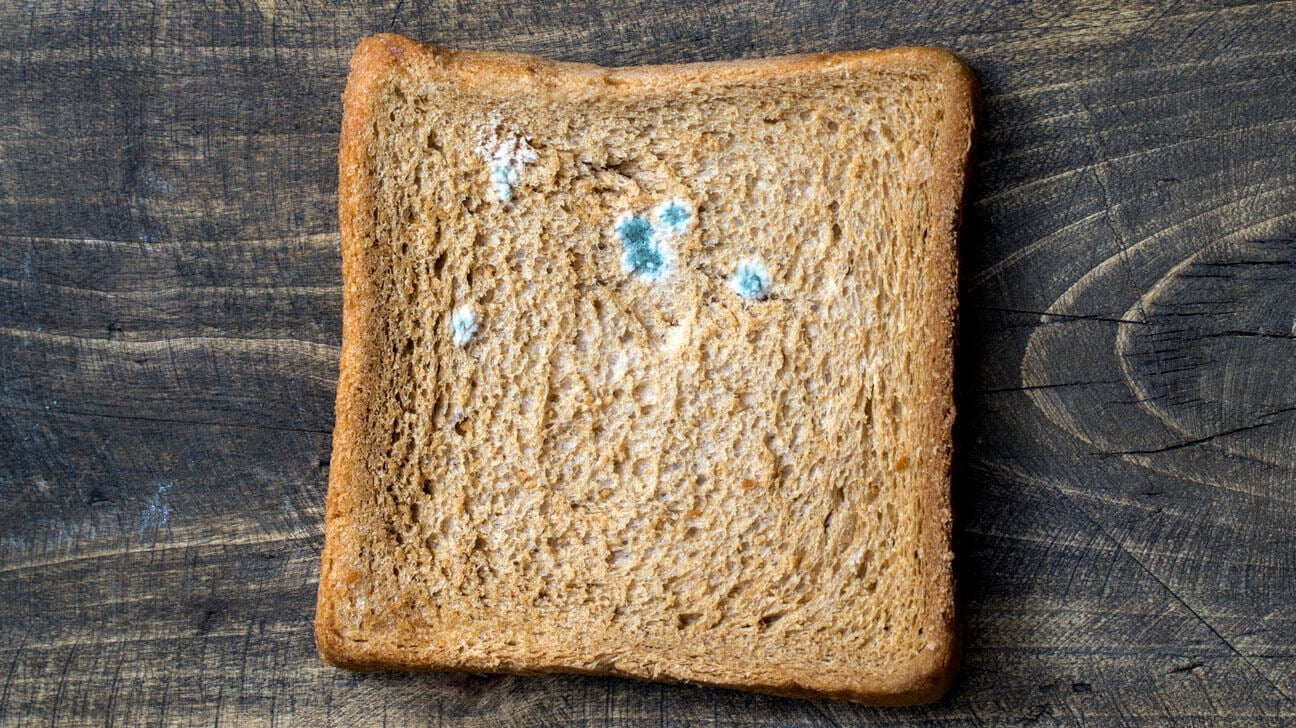White mold is a topic of concern in the realm of food safety, prompting questions about its potential dangers. This article delves into the nature of white mold, its significance in the food industry, and the insights that food safety professionals need to navigate its complexities.
The Basics of White Mold:
White mold, also known as Sclerotinia, is a fungal growth that can develop on various organic materials, including foods. It often appears as fuzzy, cotton-like patches and can affect a wide range of produce, including fruits, vegetables, grains, and nuts.
Assessing the Risk:
While not all white molds are harmful, some can produce mycotoxins that pose health risks to humans. The key to determining whether white mold is dangerous lies in identifying the specific type of mold and the conditions under which it grows.
Factors Influencing Mold Development:
Moisture, temperature, and humidity levels play a crucial role in the growth of white mold. Food safety professionals must be aware of these factors and take preventive measures to mitigate the risk of mold development.
Implications for Food Safety:
White mold can compromise the quality and safety of food products by causing spoilage and contamination. Food safety professionals need to be vigilant in monitoring for mold growth and ensuring that affected products are removed promptly.
Regulatory Compliance and Mold Control:
Food safety regulations mandate that products must meet specific quality and safety standards. This includes controlling the presence of mold. Food safety professionals are responsible for implementing measures to prevent mold growth and maintain compliance.
Utilizing SGS Digicomply for Mold Management:
To strengthen efforts in mold management and regulatory compliance, consider leveraging the capabilities of SGS Digicomply. Its real-time monitoring and compliance tracking features empower food safety professionals to stay proactive in identifying and addressing mold-related and other food safety risks.
Conclusion: Navigating the Complexities of White Mold
The question of whether white mold is dangerous requires a nuanced understanding of its characteristics, risks, and implications for food safety. By staying informed about mold types, risk factors, and utilizing tools like SGS Digicomply, food safety professionals can better navigate the complexities of mold management and ensure the safety of food products. Explore SGS Digicomply platform now.





.webp?width=1644&height=1254&name=Food%20Safety%20Dashboard%201%20(1).webp)
